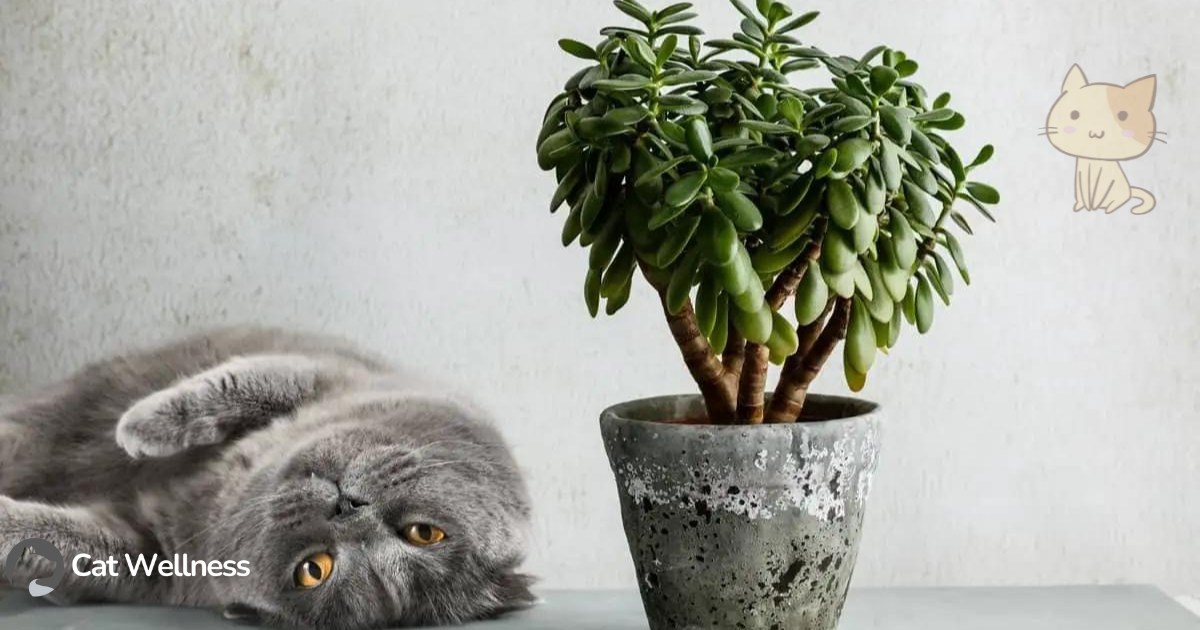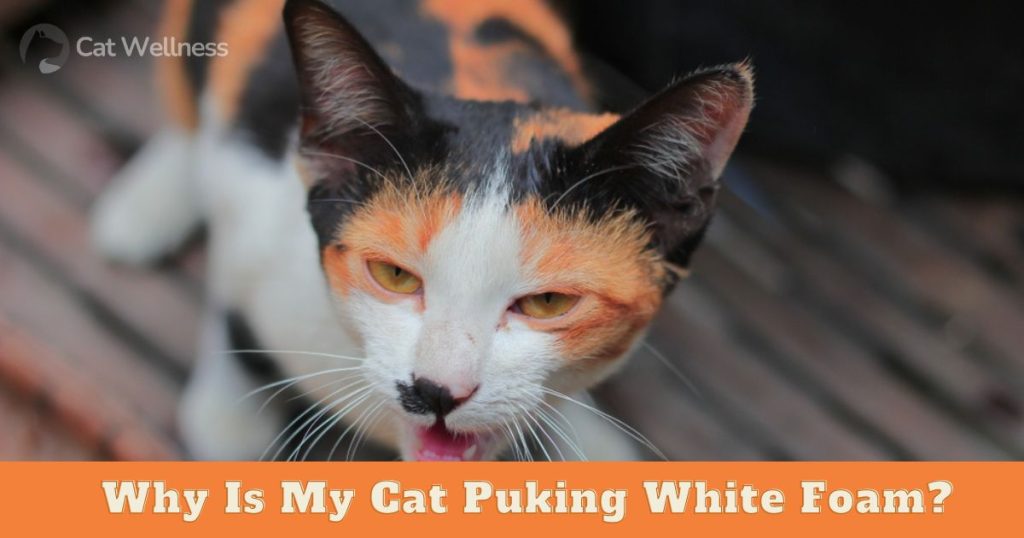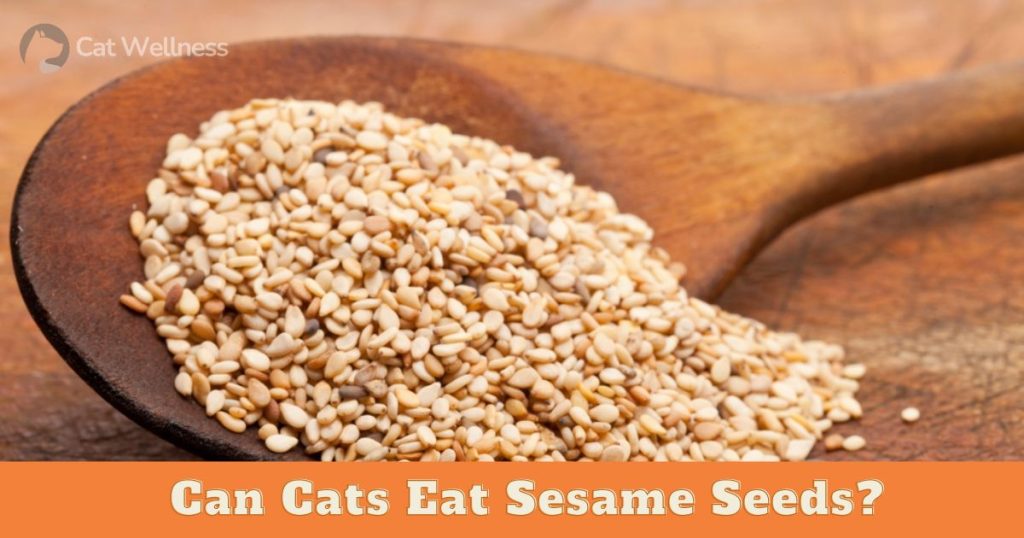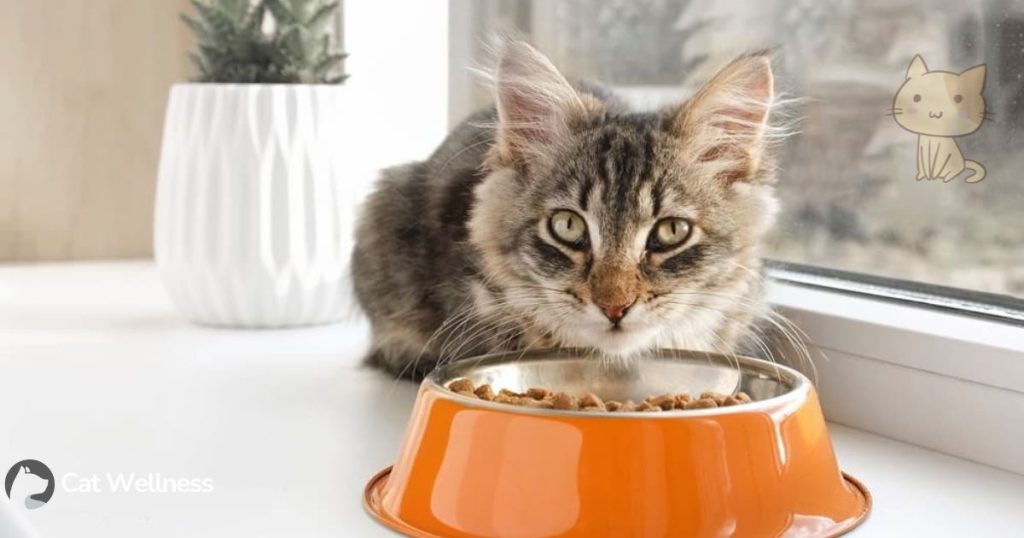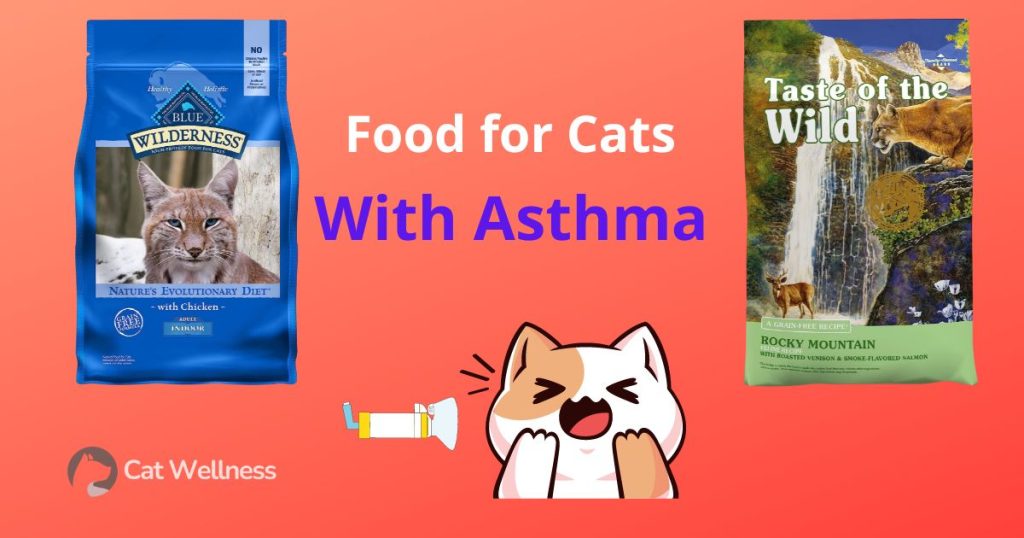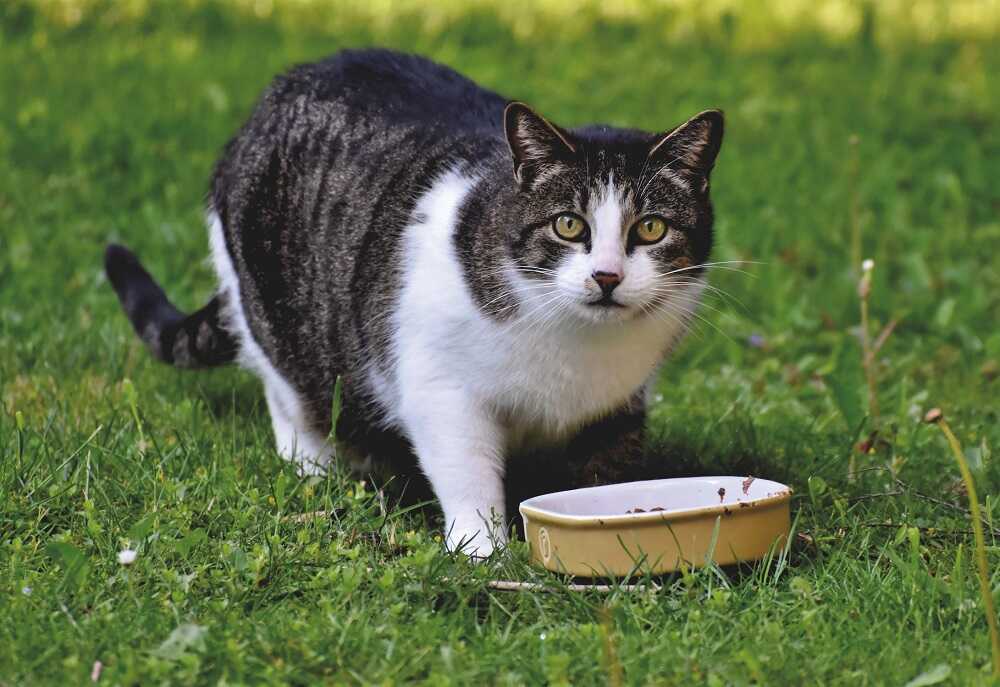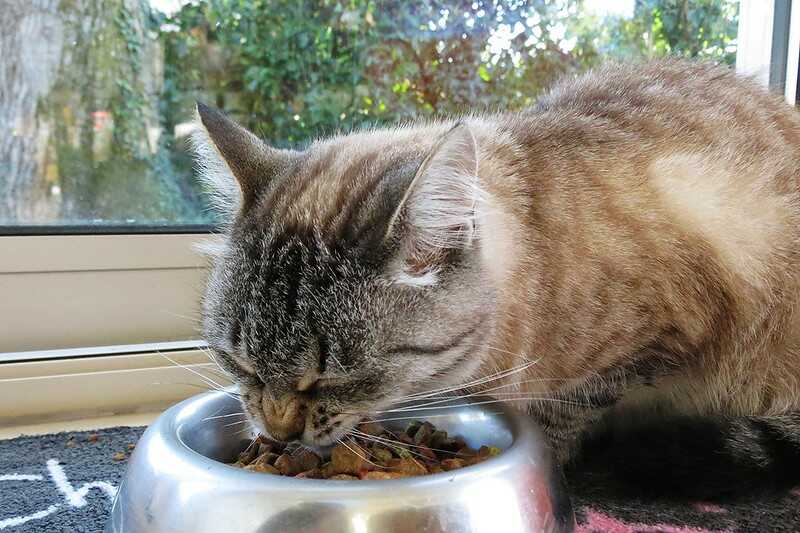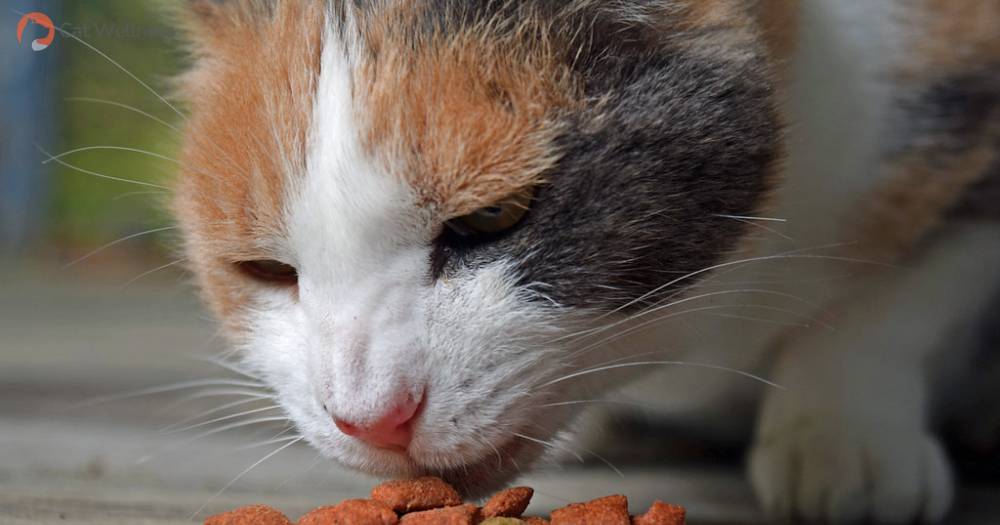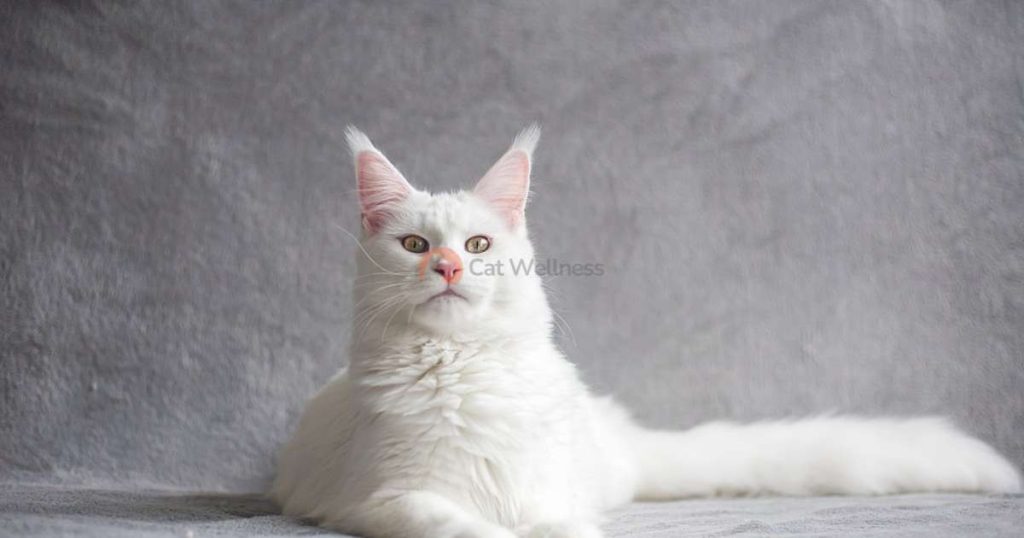Many people find keeping houseplants to be a delightful hobby. Money trees are perfect for beginners due to their easy care and exotic tropical appearance. However, cat owners must be cautious about selecting a houseplant that won’t harm their feline friends.
Guess what? The money tree is the ultimate champ – it’s non-toxic and safe for your lovely pets! But hey, keep an eye on those naughty cats; they might mess with it!
So, are money tree plants toxic for cats? We’ll answer that question and more in the article below.
Key Takeaways:
- Money tree plants are not toxic to cats, but ingestion of large amounts can cause mild symptoms such as diarrhea and nausea.
- It’s essential to monitor your cat’s interactions with money trees and consult a veterinarian if any concerns arise.
- There are cat-friendly plant alternatives that can deter cats from money tree plants, such as lavender, rosemary, lemon balm, Maidenhair Ferns, Cast Iron Plants, bamboo plants, Blushing Bromeliads, Bird’s Nest Ferns, Areca Palms (Money Plants), and Pilea peperomioides.
- If your cat ingests a toxic money tree or any other plant, seek immediate veterinary care for proper treatment and to minimize potential harm.
Learn About Money Tree
Pachira aquatica, a botanical member of the Malvaceae family, is renowned worldwide as the money plant or money tree believed to bring prosperity to its caretaker. Its alternative names span various cultures, encompassing Malabar chestnut, French peanut, Guiana chestnut, Monguba, Provision tree, Saba nut, and Pumpo.

So, Are Money Tree Plants Toxic to Cats?
Money tree plants are not toxic to cats, but it is still discouraged to let cats chew on them.
Even though money trees (Pachira aquatica) aren’t inherently toxic to cats, excessive ingestion could lead to allergic reactions or upset stomachs due to a large intake of plant matter.
For example, the jade variety of the Money Tree has sap that can cause skin irritation and respiratory issues if ingested by your pet kitten. So, be vigilant about cats consuming any part of the money tree.
Moreover, it is worth noting that the plant provides no nutritional benefit to cats and may also experience negative effects from such consumption.
Why Do Cats Eat Money Trees?
Cats are known for their playful and curious nature, often showing an attraction to houseplants including the money tree. One primary reason cats may find themselves drawn towards the money tree is because of its feathery leaves that bear similarity to some cat toys.
This characteristic can tempt your feline friend into thinking it’s a new plaything, stimulating their natural playful instincts.
How to Determine if a Plant is Toxic to Cats
To determine if a plant is toxic to cats, cat owners should research and consult reliable resources that provide comprehensive lists of toxic and non-toxic plants for pets. Such as ASPCA, PetMD, and Pet Poison Helpline.
The ASPCA offers a list of 30 nontoxic houseplants for cats and dogs, as well as a separate list specifically highlighting poisonous plants for cats. Additionally, there is a useful guide that provides information on both toxic and safe plants and flowers for cats.
Tips for identifying toxic plants:
- Pay attention to the common names and scientific names of plants, as some plants may be known by different names but still pose a risk to cats.
- Look for warning signs like thorns, spines, or prickly leaves, which may indicate that a plant is toxic.
- Check if the plant has milky sap, as many plants with this characteristic can be toxic to cats.
- Research specific plant varieties online or consult with a veterinarian to determine if they are safe for cats.
- Be cautious of lilies, as many species of this popular flower are highly toxic to cats and can cause kidney failure if ingested.
- Keep an eye out for symptoms of poisoning in cats such as vomiting, diarrhea, excessive drooling, difficulty breathing, or seizures.
- Consider placing any plants that are potentially toxic to cats out of reach or using hanging baskets to prevent access.
- Always check the toxicity status of plants before bringing them into your home or garden to ensure the safety of your cat.
Cat-Friendly Plants That Cats Don’t Like
There are plenty of cat-friendly plants that can serve as safe and enjoyable alternatives to money tree plants. Some options include the Areca Palm, Spider plants, true palms, African violets, Swedish Ivy, and bamboo.
These plants not only provide a visually appealing greenery but also pose no harm to our feline friends if they decide to take a nibble.
Additionally, artificial plants can be a good alternative for those who want to eliminate any risk altogether while still providing an attractive indoor environment for their furry companions.
Suggestions for cat-friendly plants that can deter cats from money tree plants:
- Adiantum raddianum, also known as Maidenhair Fern, is a safe plant for cats that can help deter them from money tree plants.
- Aspidistra elatior, or Cast Iron Plant, is another cat – friendly option that cats typically don’t like.
- Bamboo plants are attractive to both humans and cats and can be used to redirect their attention away from money tree plants.
- Blushing Bromeliads and Bird’s Nest Ferns are also cat – friendly choices that can deter cats from toxic plants.
- Areca Palm, also known as the Money Plant, is a non – toxic indoor plant that is safe for cats and can serve as an alternative to money tree plants.
- Pilea peperomioides is another indoor plant safe for cats to play with or nibble on instead of money tree plants.
Treatment for Money Tree Poisoning in Cats
If your cat accidentally ingests a money tree or any other toxic plant, it is crucial to seek veterinary care immediately. There is no direct antidote for money tree poisoning in cats, but a veterinarian can help manage symptoms and provide necessary treatment.
Here are the steps you should take as soon as you find out that your cat has eaten a toxic plant:
- Stay calm and assess the situation.
- Remove any remaining plant material from your cat’s mouth or paws, if possible.
- Contact your veterinarian or a pet poison helpline for guidance. Provide them with information about the plant your cat has ingested.
- Follow their instructions, which may include inducing vomiting at home or bringing your cat to the veterinary clinic for further evaluation.
- Keep an eye on your cat’s symptoms and behavior. Take note of any changes and relay this information to the veterinarian.
- Do not attempt to administer any medications without professional guidance, as certain treatments can be harmful if not used correctly.
- If directed by your veterinarian, bring a sample of the plant or its leaves for identification purposes.
- Follow any additional treatments or recommendations provided by your veterinarian to help manage and alleviate symptoms.
Conclusion: Keeping Your Cat Safe and Happy
Keeping your cat safe and happy is of utmost importance, which includes being mindful of the plants you have in your home. Although money trees are non-toxic to cats, it is still best to discourage them from chewing on these plants to prevent any potential stomach upset.
By offering cat-safe foliage options, you can ensure that your furry companions stay happy and free from harm while still enjoying the benefits of indoor greenery.
Recommended Reading

